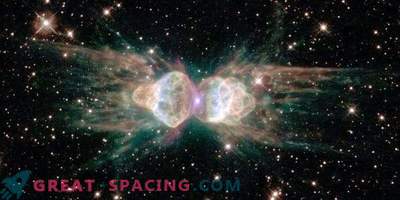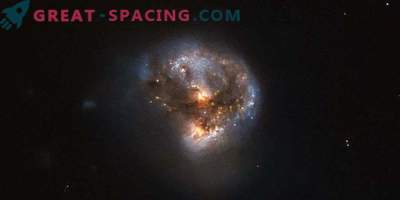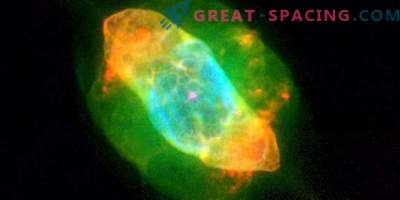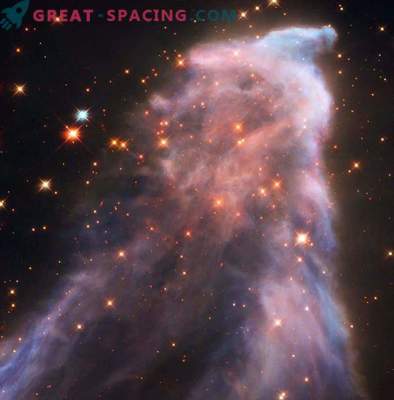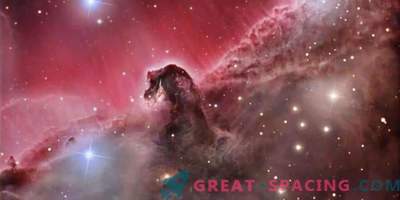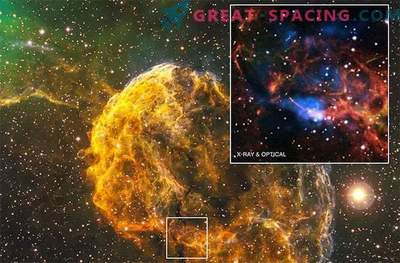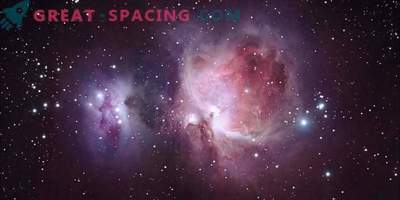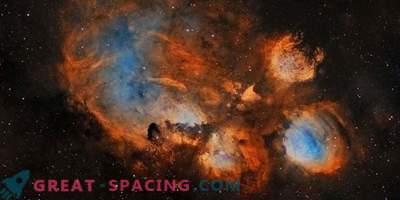
The Ant Nebula in the observation of the Hubble telescope. Scientists have noticed hydrogen laser radiation from an object - the first masers convincingly visible in a planetary nebula
Astronomical masers (a radio wave analogue of lasers) were first identified in space over 50 years ago and have since been seen in various places. Some of the most impressive masers are found in areas of active star birth. Sometimes a region releases as much energy in a single spectral line as the sun in the entire visible spectrum. Usually, maser radiation comes from molecules like water that are activated by collisions and the radiation environment around young stars. In 1989, around the star MWC349, maser emission of atomic hydrogen gas was noticed.
It turned out that this excellent source emits lines at IR wavelengths. They were short enough to qualify as lasers (and not just masers). The object was carefully modeled and revealed detailed conditions for the creation of lasers and masers: the lines are formed mainly on a dense disk of ionized gas located close to the edge. Despite numerous searches, scientists could not find a single source like MWC349. But other cases of weak hydrogen masers were noticed. A group of 15 astronomers used the Herschel Space Observatory to study planetary nebulae. Suddenly, they noticed 12 long-wave infrared laser lines in the Ant Nebula. It turned out that the hydrogen lines in it are much stronger than in any other planetary nebula. Everything suggests that they cannot escape from ordinary ionized gas, but rather from conditions that offer high density or unusual effects.
The line factor is very similar to the situation in MWC349, which suggests lasers. For example, in the Ant Nebula there is a disk, considered as a short-term and bipolar outflow. The new analysis adds another natural laser and increases the mystery: the radio lines (maser) in hydrogen MWC349 and other sources act as strong emitters, but there were no masers in the Ant nebula. We still have a lot to learn about this object and astrophysical lasers.
